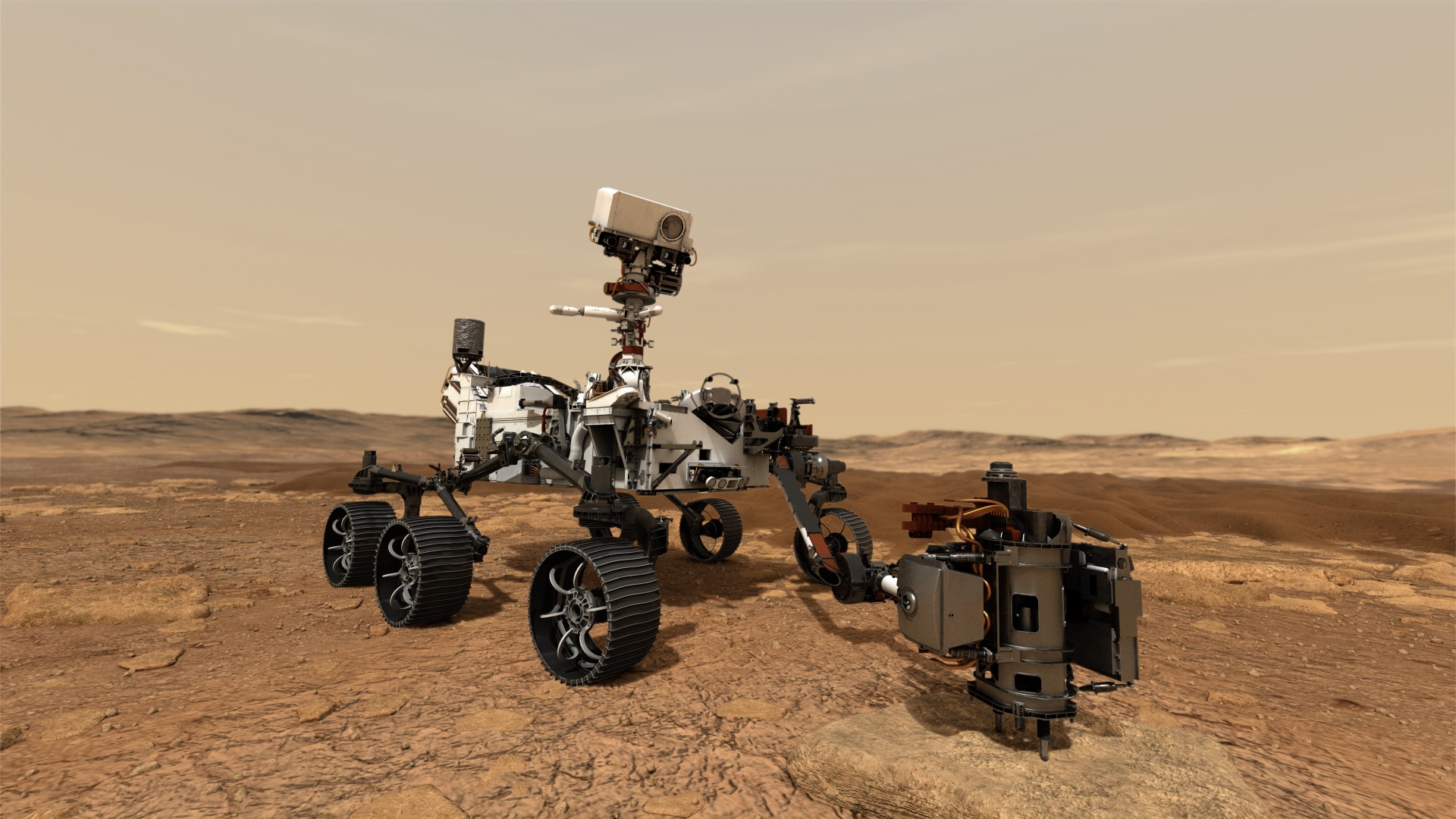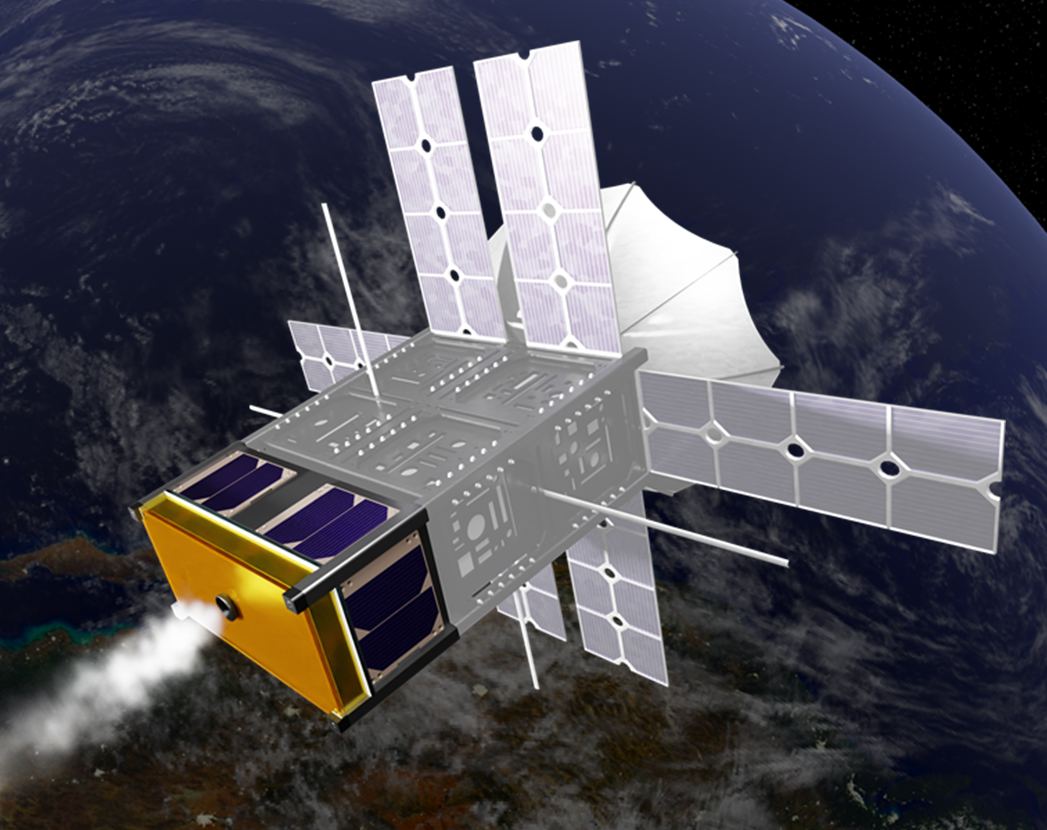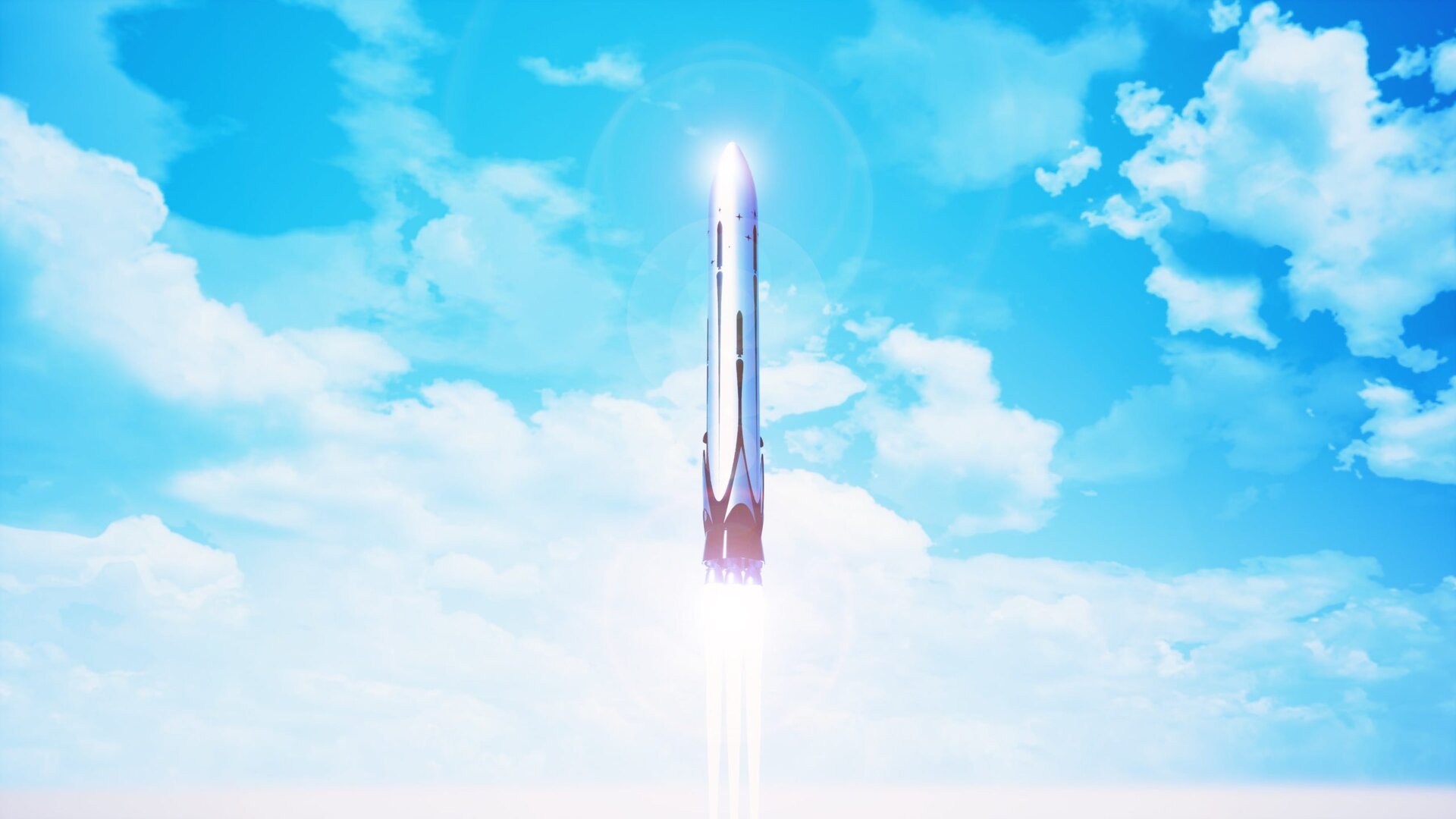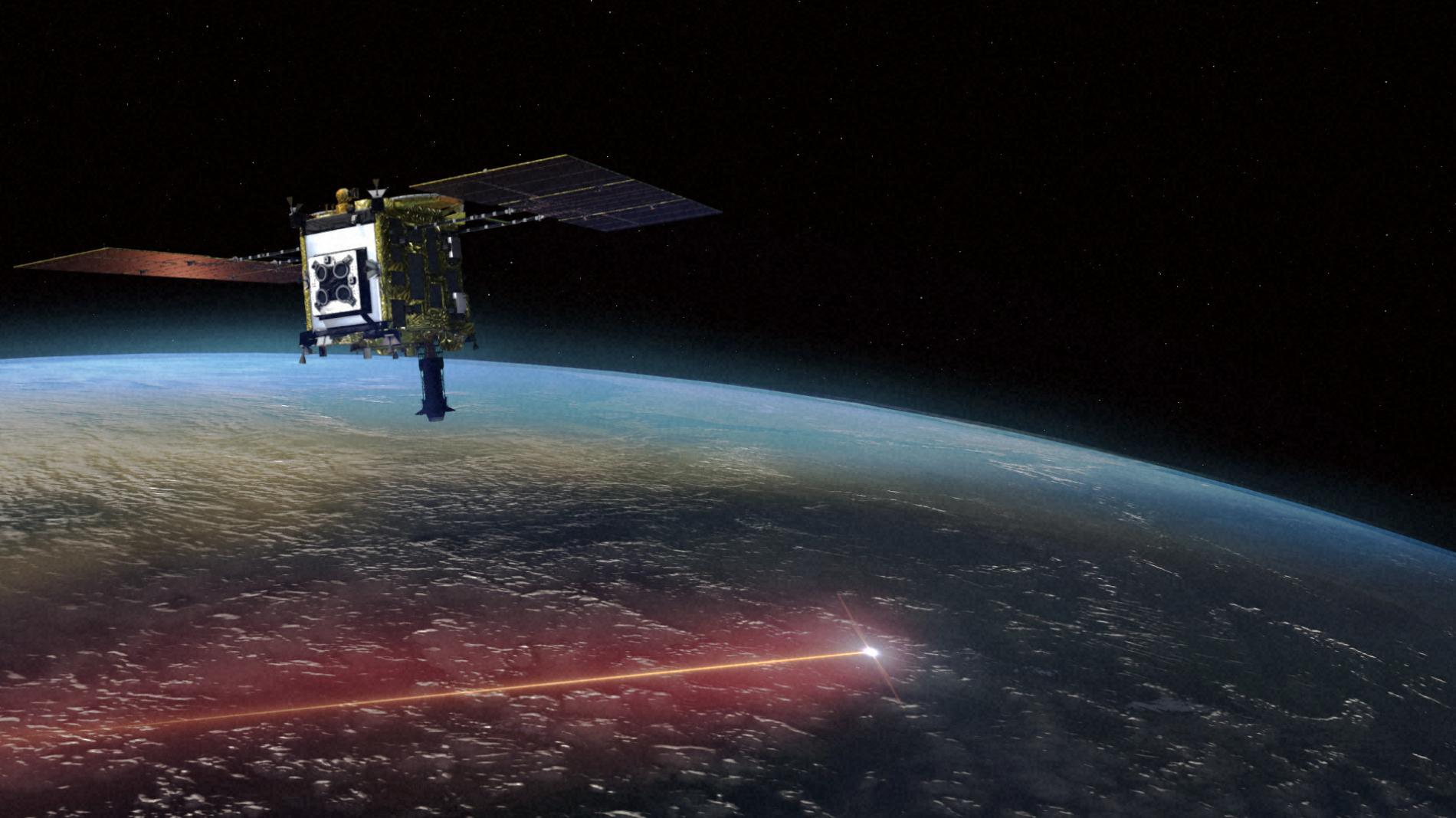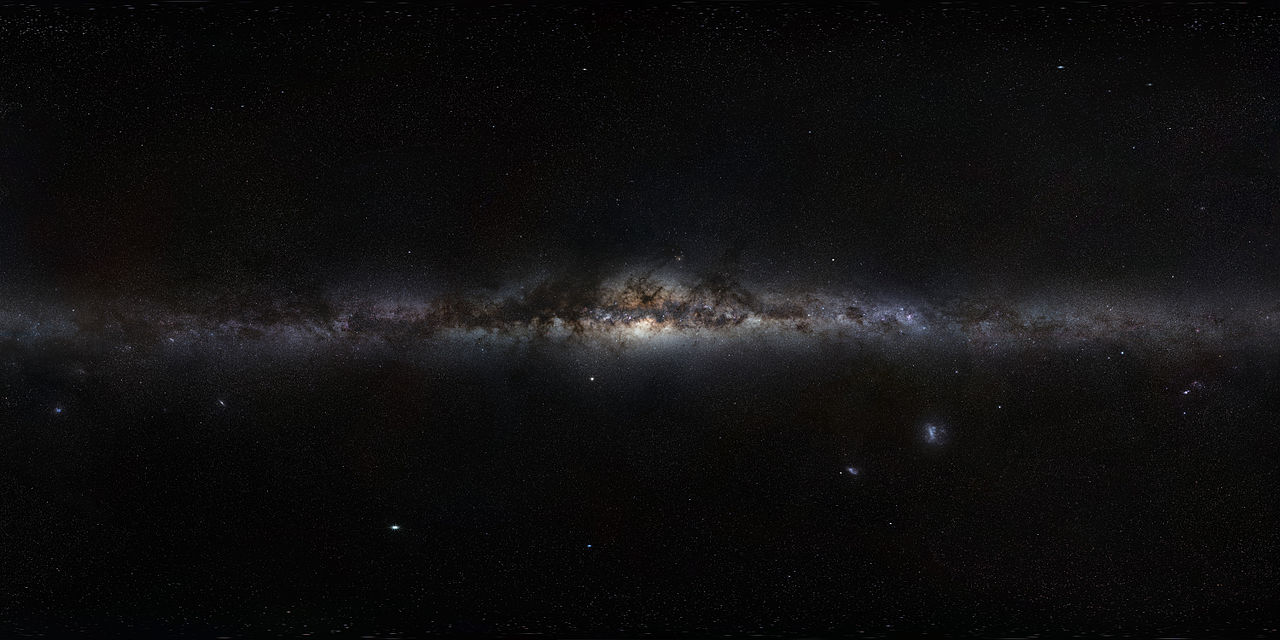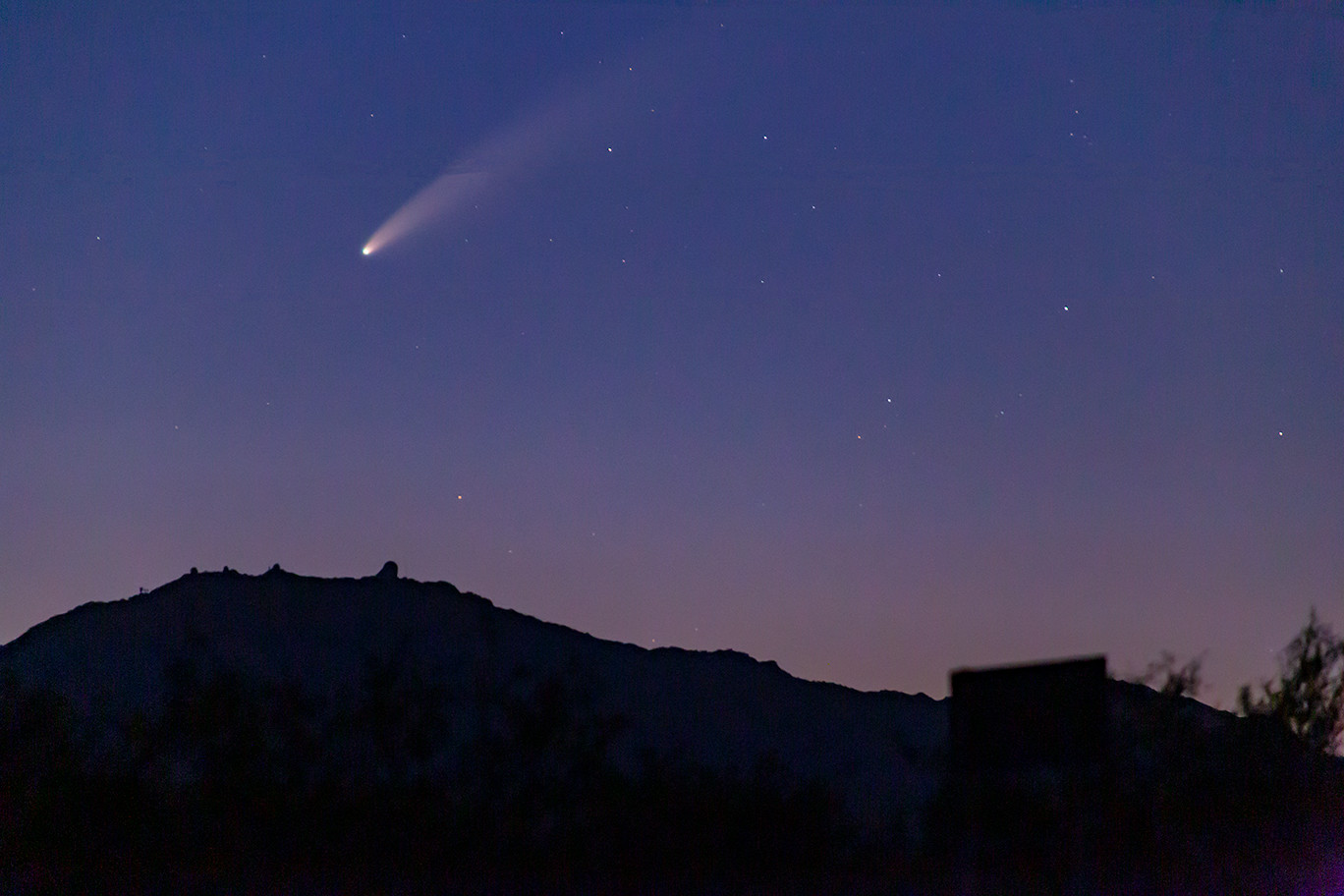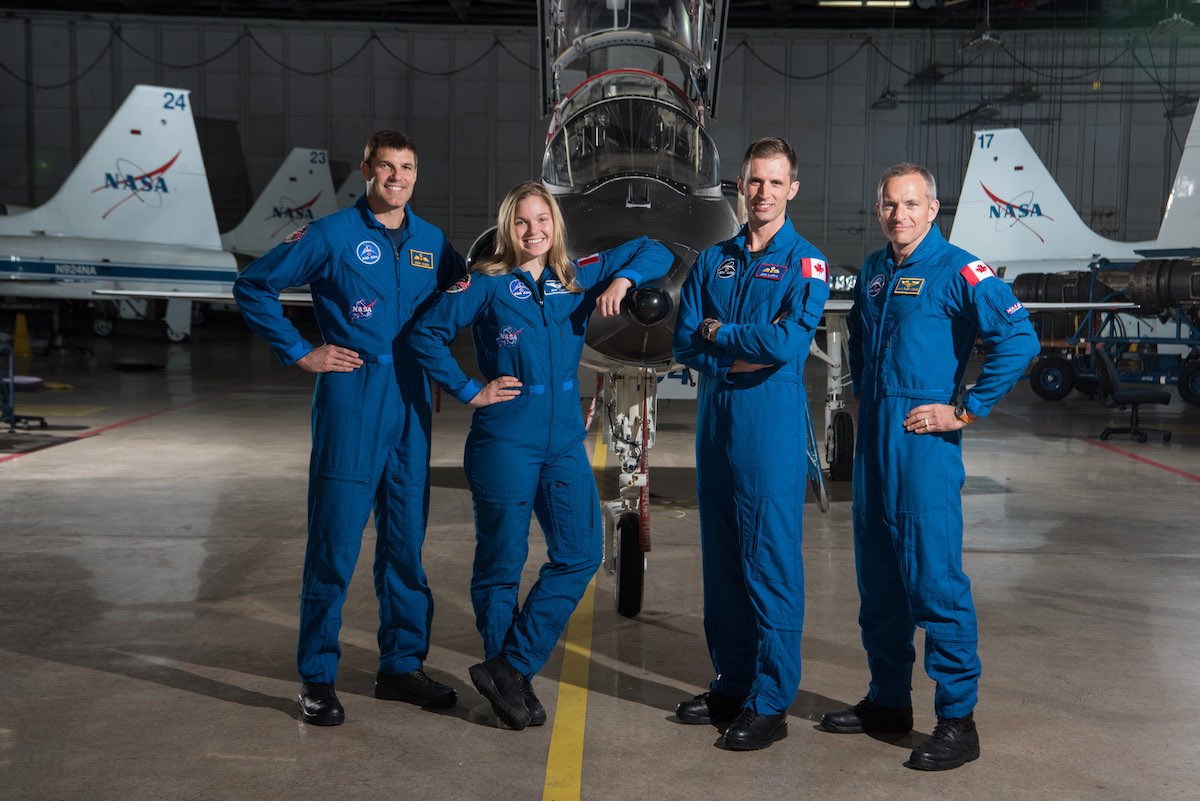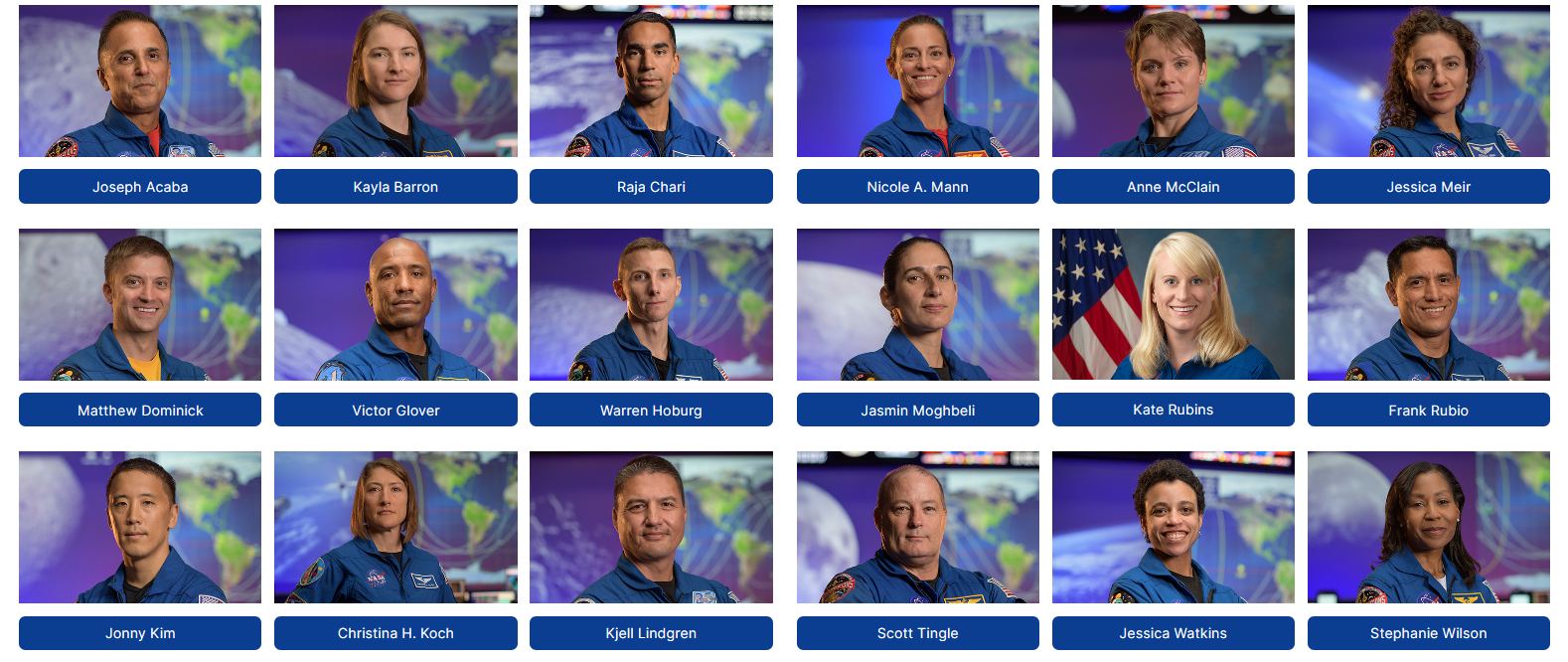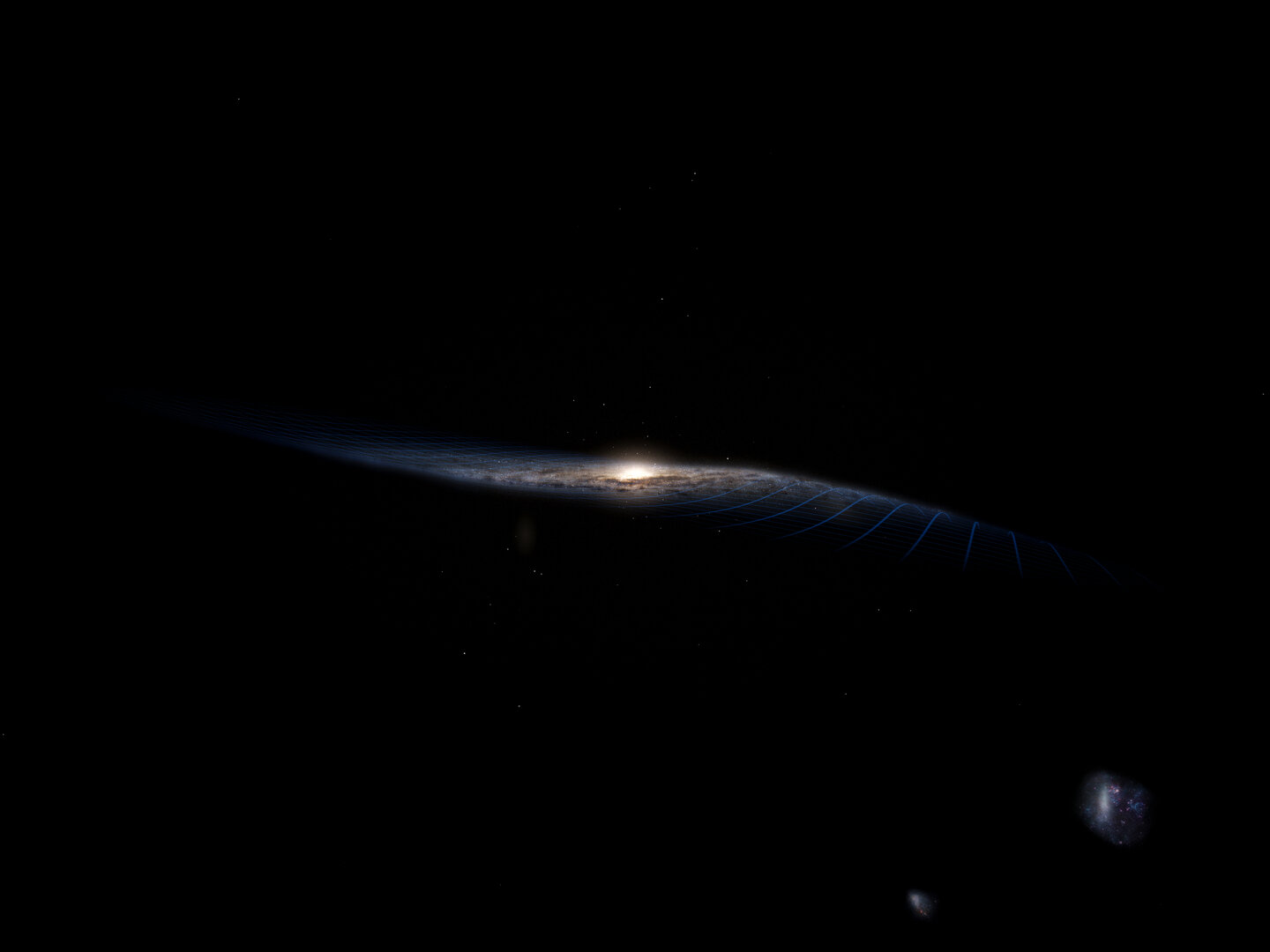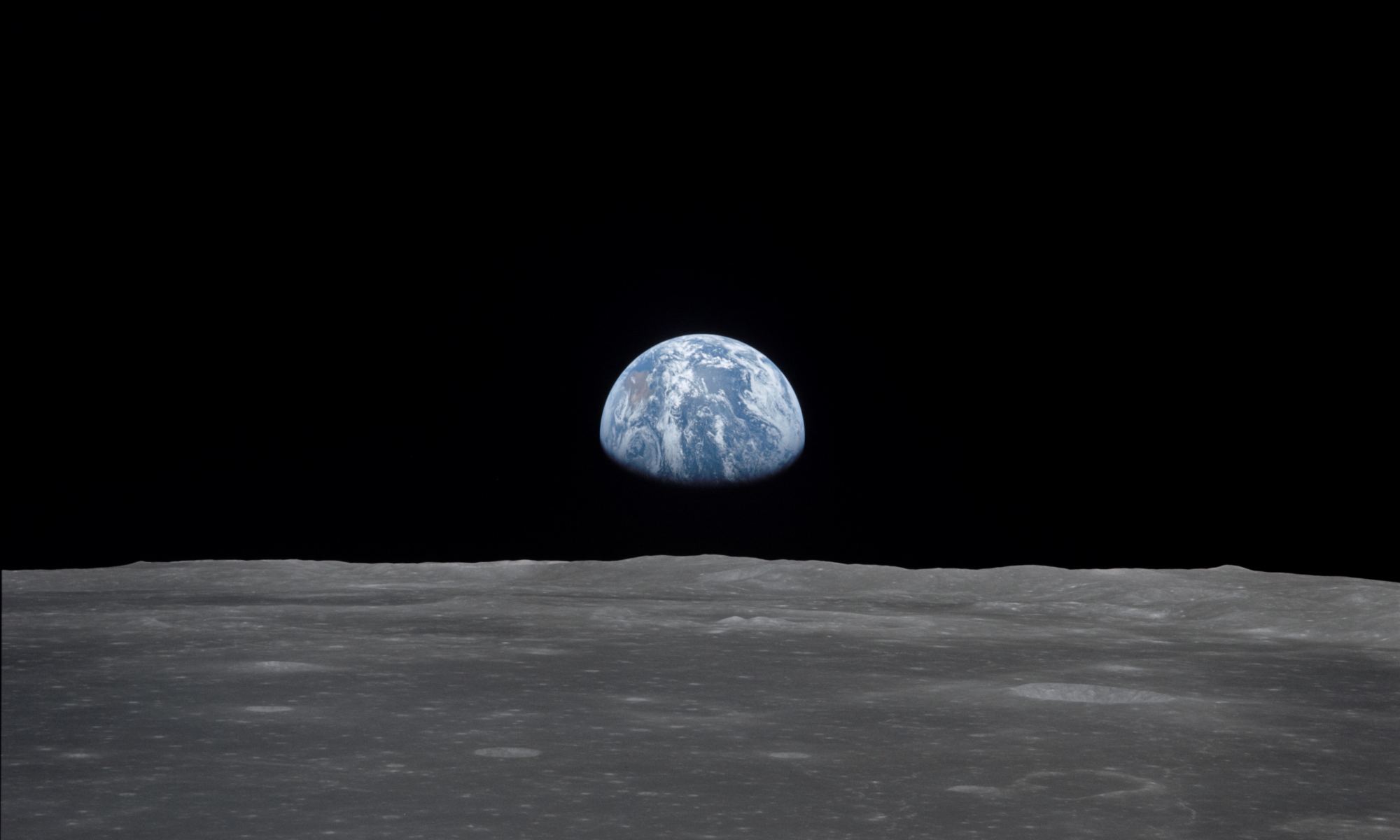This past summer, NASA’s Perseverance rover launched from Cape Canaveral, Florida. On February 18th, 2021, it will arrive on Mars and join in the search for evidence for past (and maybe even present) life. A particularly exciting aspect of this mission is the Mars Sample Return (MSR), a multi-mission effort that will send samples of Mars back to Earth for analysis.
This aspect of the Perseverance mission will be assisted by a lander and orbiter developed by NASA and the European Space Agency (ESA). According to NASA, the MSR recently advanced to the next stage of development (Phase A). If all goes well, Perseverance will have a companion in the coming years that will take its samples and launch them to orbit, where they will be picked up and sent back to Earth.
Continue reading “Plans for a Mars Sample Return Mission Have Moved to the Next Stage”
